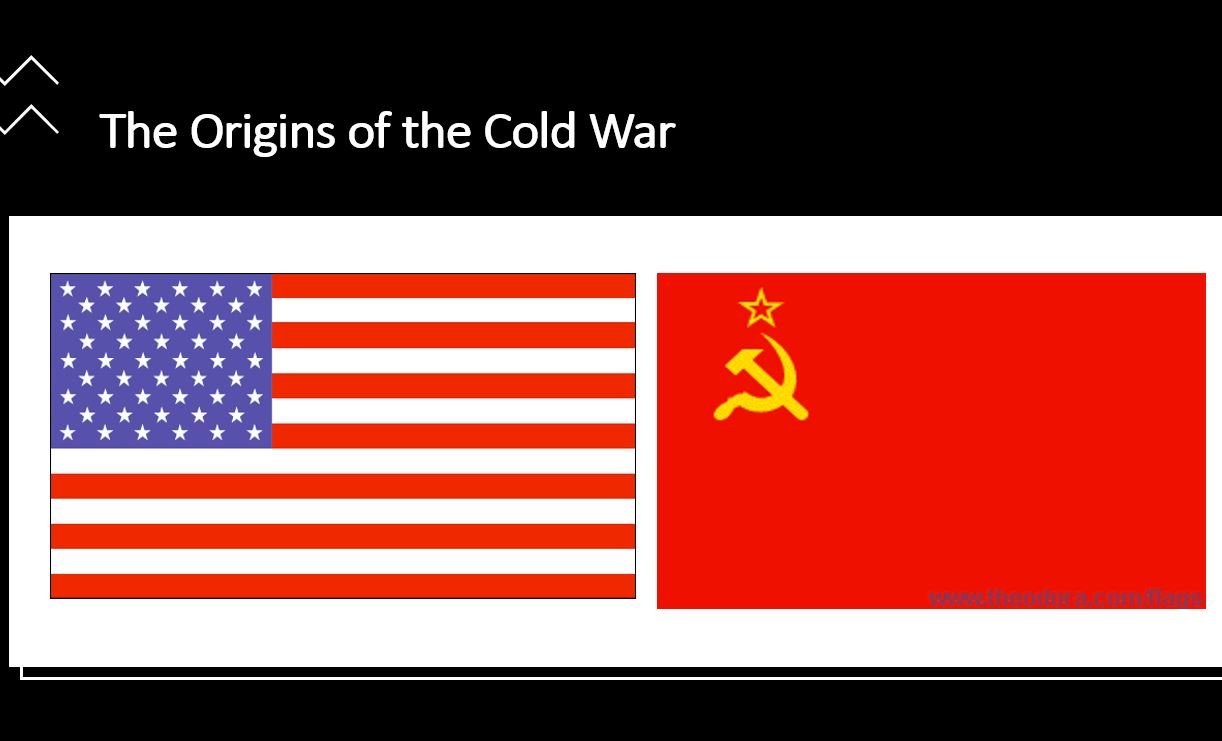
The Cold War originated in the aftermath of World War II, primarily due to ideological, political, and strategic differences between the United States and the Soviet Union. The key factors include:
Ideological Conflict: The U.S. and the Soviet Union represented opposing political and economic ideologies. The U.S. championed democracy and capitalism, while the Soviet Union embraced communism. This ideological dichotomy laid the groundwork for tension and competition.
World War II Alliances: Although the U.S. and the Soviet Union were allies against Nazi Germany during World War II, their alliance was based on shared opposition rather than mutual trust. Differences in post-war goals and the reconstruction of Europe heightened mistrust.
Soviet Expansionism: The Soviet Union’s occupation of Eastern Europe and the establishment of pro-Soviet governments in the region raised concerns in the West. The division of Germany into East and West Germany further exacerbated tensions.
Nuclear Arms Race: The development of nuclear weapons by both superpowers intensified the global power struggle. The fear of mutually assured destruction led to a precarious balance, with each side seeking to maintain a strategic advantage.
Ideological Proliferation: The spread of communism became a central concern for the United States, leading to policies like the Truman Doctrine and the containment strategy to prevent the further expansion of Soviet influence.
The Cold War persisted for over four decades, characterized by geopolitical rivalries, proxy conflicts, and a pervasive atmosphere of suspicion between the Western bloc led by the U.S. and the Eastern bloc led by the Soviet Union. It shaped global politics until the eventual collapse of the Soviet Union in 1991.
You must log in and be a buyer of this download to submit a review.